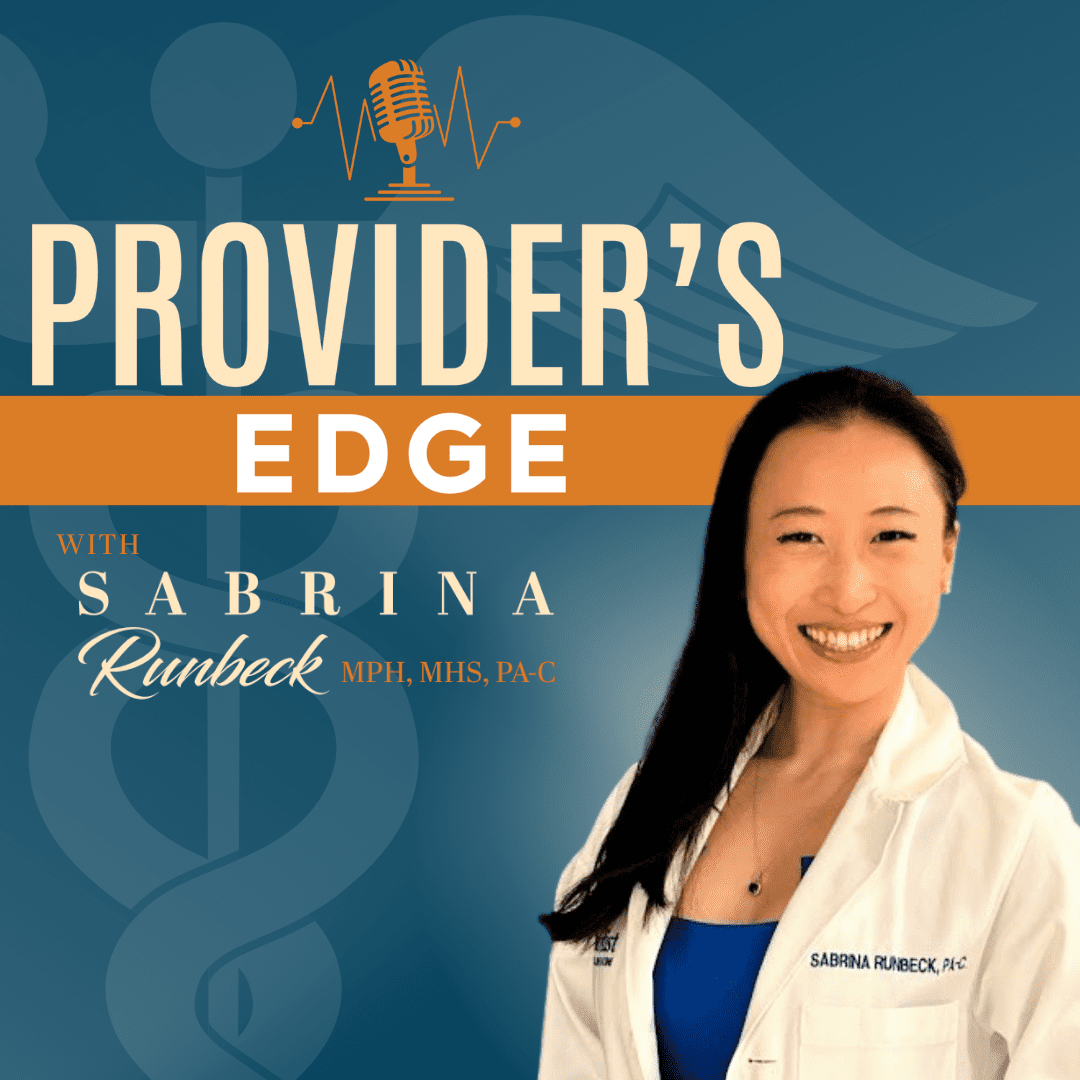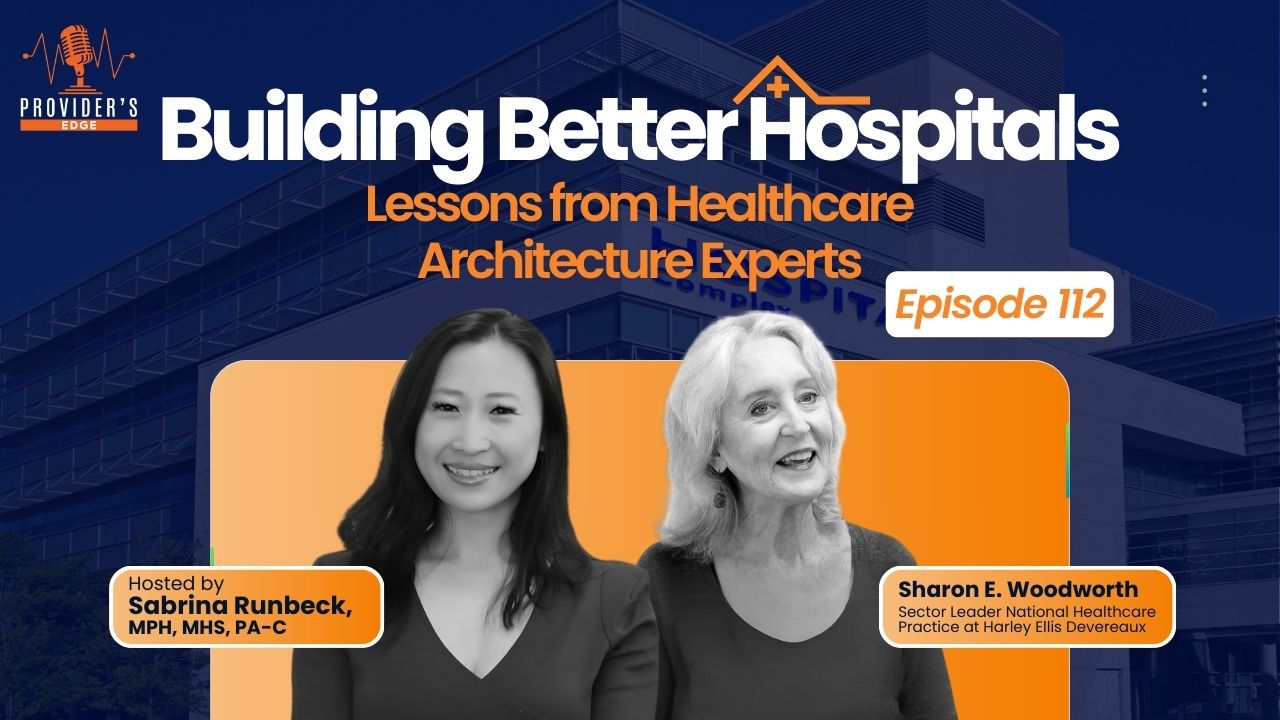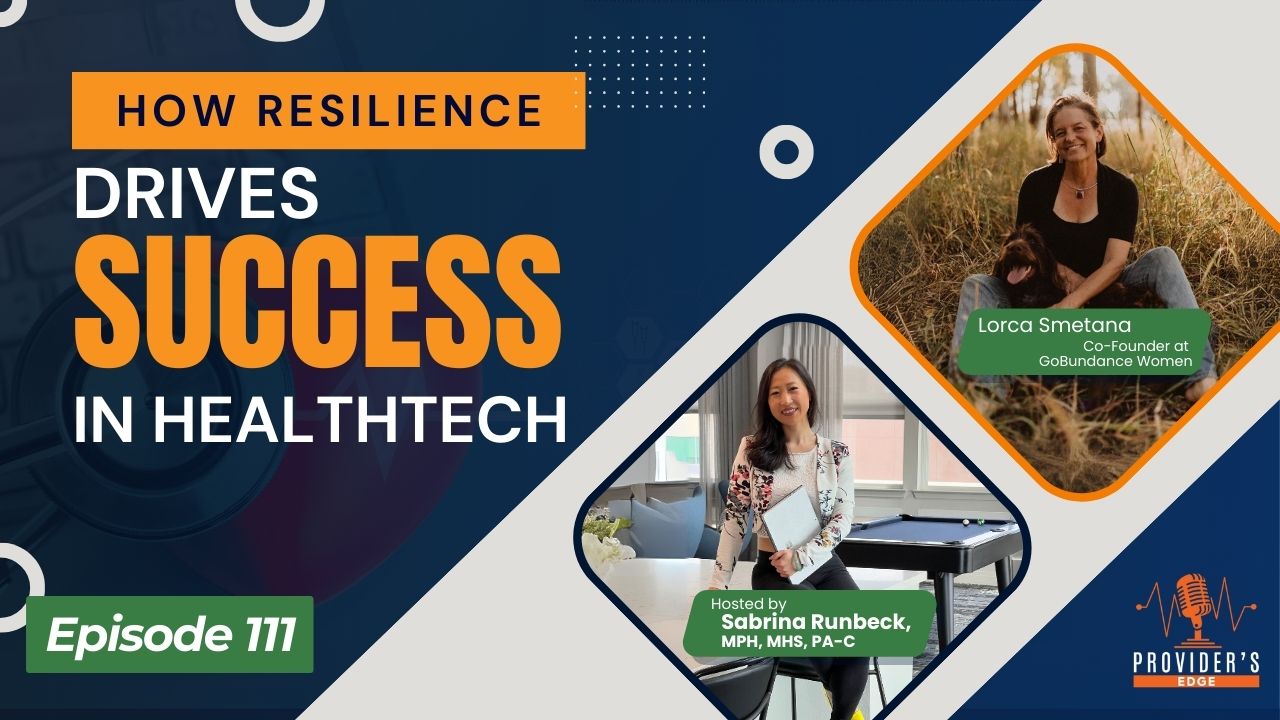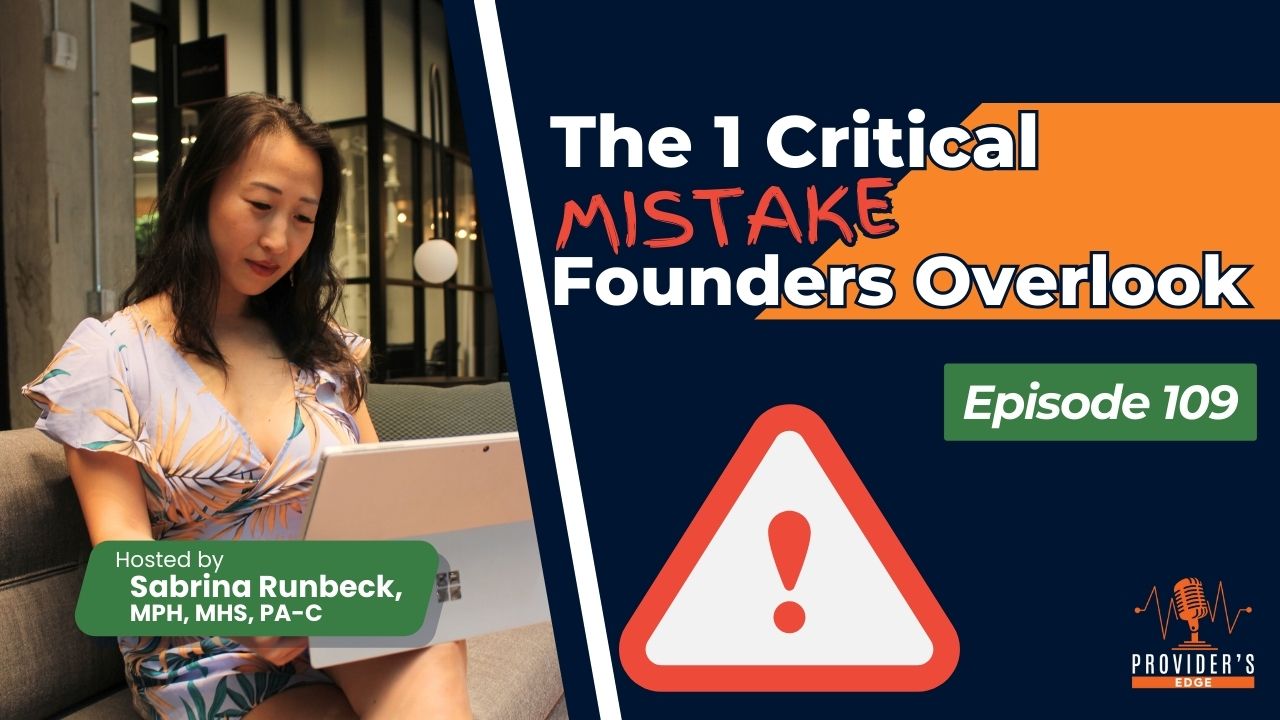
Building Better Hospitals
Lessons from Healthcare Architecture Experts
“Architecture is really my third career. My first career was at the bedside, much like you.” - —Sharon
Are your healthcare facilities designed to support both patient care and staff efficiency? The layout and design of a hospital can significantly impact its functionality and the well-being of everyone who walks through its doors. This blog delves into the vital principles of healthcare architecture that can help you create better hospitals, informed by expert insights and real-world applications.
Listen anywhere you get your podcastin' on.
Live Interview

From Critical Care Nurse to Architect
The journey from a critical care nurse to an architect is a rare but profoundly impactful transition. This career shift offers a unique perspective on healthcare design, combining deep clinical knowledge with architectural expertise. As a nurse, one gains firsthand experience of the practical challenges and needs within healthcare environments. This understanding is crucial when designing spaces that are not only functional but also empathetic to the needs of both patients and staff.
The transition from nursing to architecture brings valuable insights into the daily routines and workflows of healthcare providers. It emphasizes the importance of creating spaces that facilitate smooth operations and enhance the quality of care.
This holistic approach ensures that every aspect of the healthcare facility, from patient rooms to staff areas, is designed with a thorough understanding of its impact on patient outcomes and staff efficiency. The blend of clinical and architectural skills ultimately leads to more effective and supportive healthcare environments.
The Role of Soft Skills in Healthcare Architecture
Soft skills are essential for the success of healthcare architecture projects. Listening and understanding the needs of healthcare professionals and patients is fundamental to creating designs that are both functional and supportive. Effective communication and empathy are key components in gathering valuable input from those who interact with healthcare spaces daily.
By asking the right questions and deeply comprehending the workflow and challenges faced by healthcare providers, architects can design facilities that significantly improve patient outcomes and staff efficiency. This approach ensures that every aspect of the design process is informed by the real-world experiences and needs of its users.
Soft skills help bridge the gap between technical design and practical application, leading to spaces that are not only aesthetically pleasing but also highly functional and user-friendly. Ultimately, incorporating soft skills into the design process results in healthcare environments that truly meet the needs of their users and enhance the overall quality of care.
Understanding the Day in the Life of Healthcare Providers
Designing healthcare facilities requires a deep understanding of the daily activities and needs of healthcare providers. The concept of "choreography" in healthcare spaces involves designing areas that facilitate smooth and efficient movement for both staff and patients. This meticulous approach ensures that every step taken by healthcare providers throughout their day is optimized for efficiency.
From the strategic placement of equipment to the thoughtful layout of patient rooms, every detail is crucial. Reducing unnecessary movement and streamlining processes can significantly enhance the efficiency and effectiveness of care provided. By closely observing and understanding the routines of healthcare professionals, architects can create environments that support seamless workflows and minimize disruptions. This detailed attention to the daily functions within a healthcare setting leads to improved patient care and a more supportive work environment for staff, ultimately contributing to better health outcomes and increased job satisfaction for healthcare workers.
Incorporating Natural Light and Comfort
Natural light plays a crucial role in enhancing the well-being of both patients and staff in healthcare facilities. Access to natural light has been shown to improve mood, reduce stress, and promote healing. By incorporating large windows and skylights into the design, healthcare facilities can create a more pleasant and supportive environment that benefits everyone who uses the space.
Beyond natural light, other elements of comfort are equally important. Ergonomic furniture, for example, helps to reduce physical strain on both patients and staff, while soothing colors can create a calming atmosphere that supports mental health. These design choices are not merely aesthetic but serve to enhance the overall functionality and experience within the facility.
Prioritizing comfort and well-being in the design process is essential for creating healthcare environments that support both the physical and mental health of all occupants, contributing to the overall success and effectiveness of the healthcare facility.
Future-Proofing Healthcare Facilities
Future-proofing healthcare facilities involves designing spaces that can adapt to evolving needs and technologies. This forward-thinking approach to design considers potential advancements in healthcare practices and equipment, ensuring that facilities remain relevant and functional for many years.
Flexible infrastructures are essential for this adaptability. Features such as modular rooms allow for easy reconfiguration as needs change, while systems designed for straightforward upgrades enable facilities to incorporate new technologies seamlessly. Additionally, spaces that can be repurposed as required ensure that the facility can respond to unforeseen challenges and opportunities.
By planning for the future, healthcare facilities can avoid obsolescence and continue to meet the demands of both patients and healthcare providers. This proactive approach not only enhances the longevity and efficiency of the facility but also supports the continuous delivery of high-quality care in a dynamic healthcare environment. Investing in future-proof design is a strategic move that benefits all stakeholders.
Prioritizing Patient and Staff Experience
The experience of patients and staff should be a top priority in the design of healthcare facilities. Creating spaces that are comfortable, functional, and supportive significantly impacts the overall success of the facility. Patient-centered design elements, such as private rooms, accessible facilities, and calming environments, play a crucial role in enhancing the patient experience. These elements help in reducing stress, promoting healing, and ensuring privacy, all of which contribute to a more positive patient journey.
Similarly, designing spaces that support the workflow and well-being of healthcare staff is essential. Efficient layouts, ergonomic workstations, and areas for rest and relaxation can improve job satisfaction and productivity. When staff feel supported and comfortable in their work environment, they can deliver better care, leading to improved patient outcomes. By prioritizing the needs of both patients and staff, healthcare facilities can create environments that foster high-quality care, operational efficiency, and overall satisfaction for everyone involved.
Conclusion
Designing better hospitals demands a comprehensive approach that considers the needs of patients, staff, and the facility's overall functionality. Every detail matters, from understanding the daily routines of healthcare providers to incorporating natural light and comfort. Engaging stakeholders and future-proofing the design are essential to ensure healthcare facilities remain relevant and functional over time. By prioritizing these elements, we can create environments that support high-quality care and operational efficiency.
How do you think the design of your healthcare facility impacts patient care and staff efficiency? Share your thoughts in the comments below.
Recommended Podcast Episodes
"To my mind, resilience is a fundamental moral imperative in a leader because we have so much capacity to drop way more than just ourselves."
In the healthcare technology sector, new solutions crop up daily. Apps promise streamlined processes.
"True confidence is recognizing that I'm not great at everything and I need help." – Kelly Resendez
Be a guest on our show
The Provider's Edge show is always looking to feature healthcare change-makers and celebrate the work they are doing to improve healthcare.
Together, we can encourage other healthcare entrepreneurs and startup founders to up-level their businesses.
If you or someone you know could be a good fit as a guest on the show, please click on the bottom below to apply as a speaker.
Healthcare Entrepreneurs!
I can help you gain visibility and credibility in the right circles so you can accelerate your mission and profitability!
After overcoming burnout working in surgery, I went back to my roots in neuroscience and public health. I learned the importance of building key human relationships with my team throughout our organization.
While helping healthcare executives and entrepreneurs to get out of the day-to-day operation of their practice, I realized I needed more visibility and more connections to reach my ideal clients.
Once I set out to be highly visible in the right circles, I was able to leverage my network of strategic partners to convert clients 5x higher than any other marketing channel I had tried previously.
Now I help healthcare change-makers to accelerate their impact and increase profitability by gaining visibility and credibility with the right strategic partners.
My clients no longer worry about where their next client is coming from, the need to plan additional budget for ads spending, or losing the ability to connect with others because their social media account is shut down.
If you want to share your social mission with the world and gain pivotal supporters that become loyal clients... then you are in the right place, with the right consultant who is also a recovered clinician.




